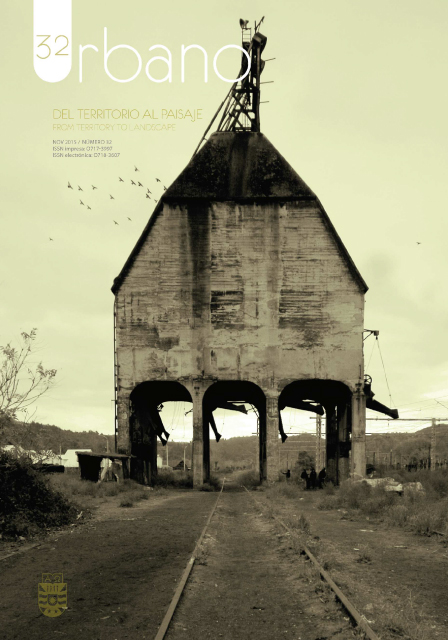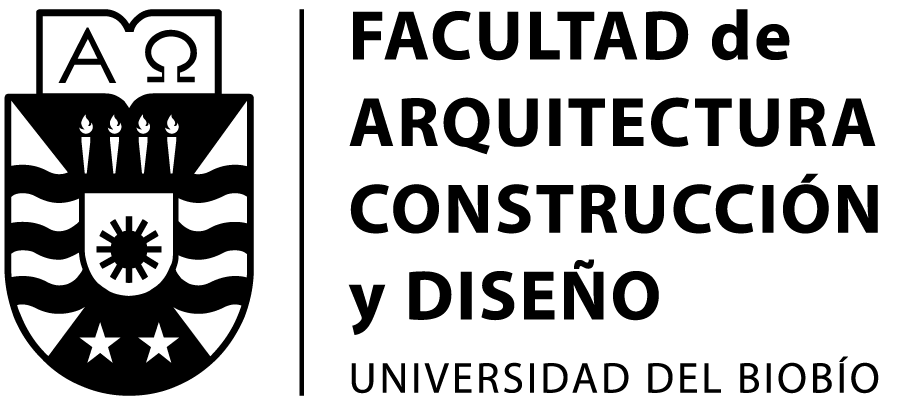Analysis of modes of access and use patterns of the population as a basis for planning urban green spaces
Keywords:
green spaces, use patterns, working radiiAbstract
In cities, public green spaces are one of the main articulators of social life since they serve as places for people to meet and integrate. The World Health Organization states that the optimal minimum area devoted to green space per inhabitant should be 10 to 15 m2. However, this indicator does not guarantee equal access to all residents. Therefore, the available area and location of such spaces are fundamental to ensuring this equality, and consequently, the quality of urban life. This research focuses on the analysis of the different modes of access and use patterns of green spaces in the Mendoza Metropolitan Area, Argentina, in order to develop a plan for the inclusion of new green spaces that address the key concepts of quantity of and equality of access for pedestrians. To this end, surveys were conducted of users, which demonstrated that: most access these sites on foot; there is a relationship between means of transport and frequency of use of green spaces; and the working radii of said sites vary between 300 and 400 m depending on their surface area.
Downloads
References
CHIESURA, Anna. The role of urban parks for the sustainable city. Landscape and Urban Plannin, [online]. 2004 vol. 68 n 1 129–138 pp. ISSN: 0169-2046
CORREA, Erica Norma; RUIZ, María Angélica and CANTON, María Alicia. Morfología forestal y confort térmico en "ciudades oasis" de zonas áridas. Ambient. constr.) [online]. 2010,vol.10, 4, pp. 119-137. ISSN 1678-8621.
FALCON, Antony. (2007) Espacios verdes para una ciudad sostenible. Barcelona: Gustavo Gili. 2007 176 p. ISBN: 9788425221378
PASCUAL GONZALEZ, Aylín y PENA DIAZ, Jorge. Espacios abiertos de uso público. Arquitectura y Urbanismo [online]. 2012, vol.33, n.1, pp. 25-42. ISSN 1815-5898.
Pavez, M. I. (1997) Espacios verdes urbanos públicos en la Provinacia de Quillota. Boletín INVI Nº 3, 31 (12) 33-56.
RUEDA, Salvador Plan Especial de Indicadores de Sostenibilidad Ambiental de la Actividad Urbanística de Sevilla. Sevilla: Ayuntamiento de Sevilla 2007 p.124
Downloads
Published
How to Cite
Issue
Section
License
The content of articles which are published in each edition of Habitat Sustentable, is the exclusive responsibility of the author(s) and does not necessarily represent the thinking or compromise the opinion of University of the Bio-Bio.
The author(s) conserve their copyright and guarantee to the journal, the right of first publication of their work. This will simultaneously be subject to the Creative Commons Recognition License CC BY-SA, which allows others to share-copy, transform or create new materials from this work for non-commercial purposes, as long as they recognize authorship and the first publication in this journal, and its new creations are under a license with the same terms.![]()























